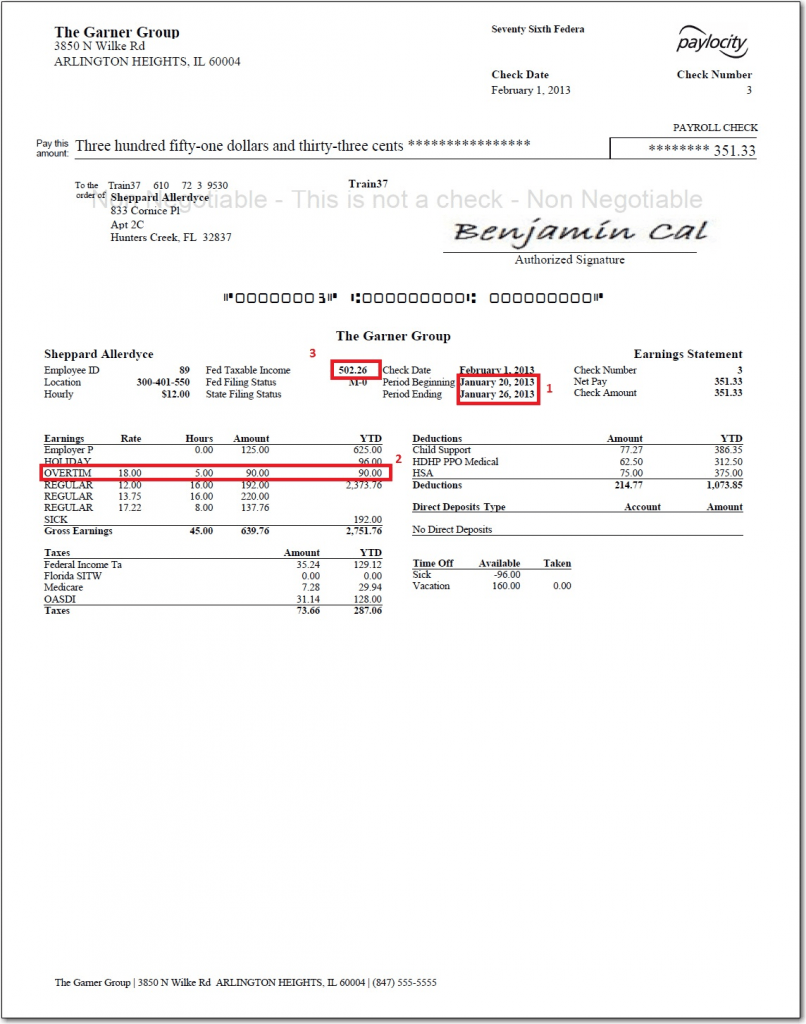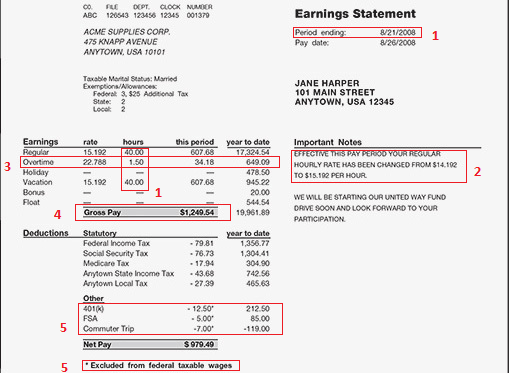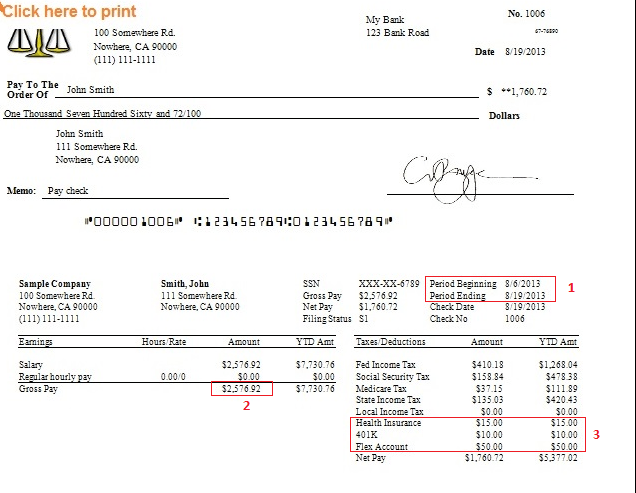Reading Paystubs: Where’s the MAGI?

27 Mar 1984, Washington, DC, USA — Washington: Clara Peller, star of Wendy’s commercial’s, asks her famous question, “Where’s the Beef,” during a press conference at a Washington Wendy’s. — Image by © Bettmann/CORBIS
Eligibility for Medicaid and advanced premium tax credits (APTCs) through HealthSourceRI (HSRI) is based on Modified Adjusted Gross Income (MAGI). But paystubs do not normally have a line for “MAGI.” This article describes how to find the MAGI on a paystub.
Please remember that Medicaid eligibility is based on current monthly MAGI, while APTC eligibility is based on a projection of annual MAGI for the relevant year.
For more information on MAGI for Medicaid, see this article.
For more information on MAGI for APTCs, see this article.
Also please keep in mind that many other types of income count towards MAGI. This article is only helpful at determining the portion of an applicant’s wages that count.
Finding MAGI on a paystub can be accomplished in three easy steps:
Step 1 – Identify Frequency of Pay
- Is the stub labelled as weekly? Bi-weekly? Monthly? If not, then look for the pay period.
- If no frequency or pay period is indicated, you may have to ask for more information.
The HSRI application allows you to indicated whether income is weekly, bi-weekly, or monthly. Then the computer does the math to calculate monthly and annual income.
But if you are not using the HSRI application:
- Convert weekly income to monthly income by multiplying by 4.33.
- Convert bi-weekly income to monthly income by multiplying by 2.165.
Step 2 – Is This Stub “Typical”?
- Does the paystub list any overtime? Bonuses? Any other items that lead you to believe that this is not a “typical” paystub?
- If so, you may need to seek more information, especially if projecting income for the purposes of APTC eligibility.
For the purposes of Medicaid, the most recent monthly income will govern. But for applicants with predictable fluctuating income (like a teacher with no summer pay), Medicaid must allow the applicant to ask that the fluctuations be taken into account, with eligibility based on average monthly income. For more information on fluctuating income and Medicaid eligibility, see EOHHS Rule 1307.06(03).
Step 3 – Find the MAGI
– Step 3a – Does the Stub List Federal Taxable Income?
Only federal taxable income counts in MAGI. If the stub lists something like “federal taxable income” or “federal taxable wages,” then this number will be the MAGI for the pay period in question.
– Step 3b – Does the Stub List Pre-Tax Deductions?
Some paystubs do not list federal taxable income, but they indicate that certain deductions are “pre-tax” or “excluded from federal taxable wages” (or something similar).
For these paystubs:
- Start with “gross income” or “gross wages”;
- Subtract the amounts indicated as pre-tax deductions.
- This will be the MAGI for the pay period in question.
– Step 3c – Is the Stub Unclear as to Taxable Income or Pre-Tax Deductions?
Many paystubs do not clearly list federal taxable income, or the deductions that are pre-tax, and so cannot be read using Steps 3a or 3b. For these paystubs:
- Start with “gross income” (which might be listed as “gross wages,” “gross earnings,” or something similar)
- You might be able to identify some deductions as pre-tax. Common pre-tax deductions include employee contributions to:
- health insurance premiums;
- 401(k)s and 403(b)s (and some other pension or retirement accounts);
- Dependent care accounts;
- Commuter expenses;
- flex spending accounts (FSAs) and health savings accounts (HSAs).
- If any of these items are clearly identified, then subtract them from the gross income.
- If the paystub is unclear, you may need more information.
- When in doubt, you can always use the gross income figure as MAGI. Especially for APTC recipients, a conservative estimate is often a good idea. If an applicant is near the Medicaid eligibility limit, then it will be more important to confirm his or her MAGI as precisely as possible.
Examples
Here are three examples. Explanations are provided below each paystub.

Step 1
1 – The pay period on this check runs from January 20th to January 26th, making it a weekly check.
Step 2
2 – The check lists 5 hours of overtime ($90), and the Year-To-Date (YTD) column seems to indicate that this is the employee’s first overtime of the year. More information must be provided by the client about how often he expects to receive overtime pay. This information is especially important for projecting annual income for the purposes of APTC eligibility.
Step 3
3 – This paystub lists federal taxable wages, so finding the MAGI is easy. For the week represented by this paystub, the applicant’s MAGI from wages was $502.26.

Step 1
1 – The pay period ended 8/21, but the stub does not clearly indicate a pay period. But since there are 80 hours of regular pay (or vacation pay) on this stub, it is highly likely that this is a bi-weekly paystub.
Step 2
2 – This paystub appears atypical for two reasons. First, the stub says that the employee’s hourly pay just increased. For Medicaid, the fact that his pay just increased is not so important (since Medicaid is based on current monthly income). But for APTCs, the change in pay is very important. When projecting his annual income for this year, you must account for this recent change.
3 – Overtime is the second reason this paystub may not be typical. This client should be asked if he normally works this amount of overtime. Judging by they year-to-date figures, this level of overtime may be normal.
Step 3b
This paystub does not clearly list federal taxable wages. But it does clearly show which deductions are excluded from federal taxable wages.
4 – The employee’s gross pay for the period was $1,249.54.
5 – Three deductions (401(k), FSA, and Commuter Trip) are clearly marked as being excluded from federal taxable wages.
Subtracting the pre-tax deductions (total $24.50) from the employee’s gross pay ($1,249.54) yields a MAGI for this pay period of $1,225.04.

Step 1
1 – The pay period began 8/6 and ended 8/19, making this a bi-weekly check.
Step 2
There is nothing on this paycheck that makes it appear atpyical. The client should always be asked if this is a typical pay period.
Step 3c
This paystub does not indicate federal taxable wages. It also does not indicate which deductions are excluded from federal tax. We must therefore start with gross wages, then look for any known pre-tax deductions that can be subtracted out.
2 – The gross wages from this pay period were $2,576.92
3 – A few of the deductions are labelled as items that are generally excluded from federal taxable income. On this stub, those items are “Health Insurance,” “401K,” and “Flex Account.” For this pay period, those items total to $75.
Subtracting the pre-tax deductions ($75) from the gross income ($2,576.92) yields a MAGI from wages for this pay period of $2,501.92.